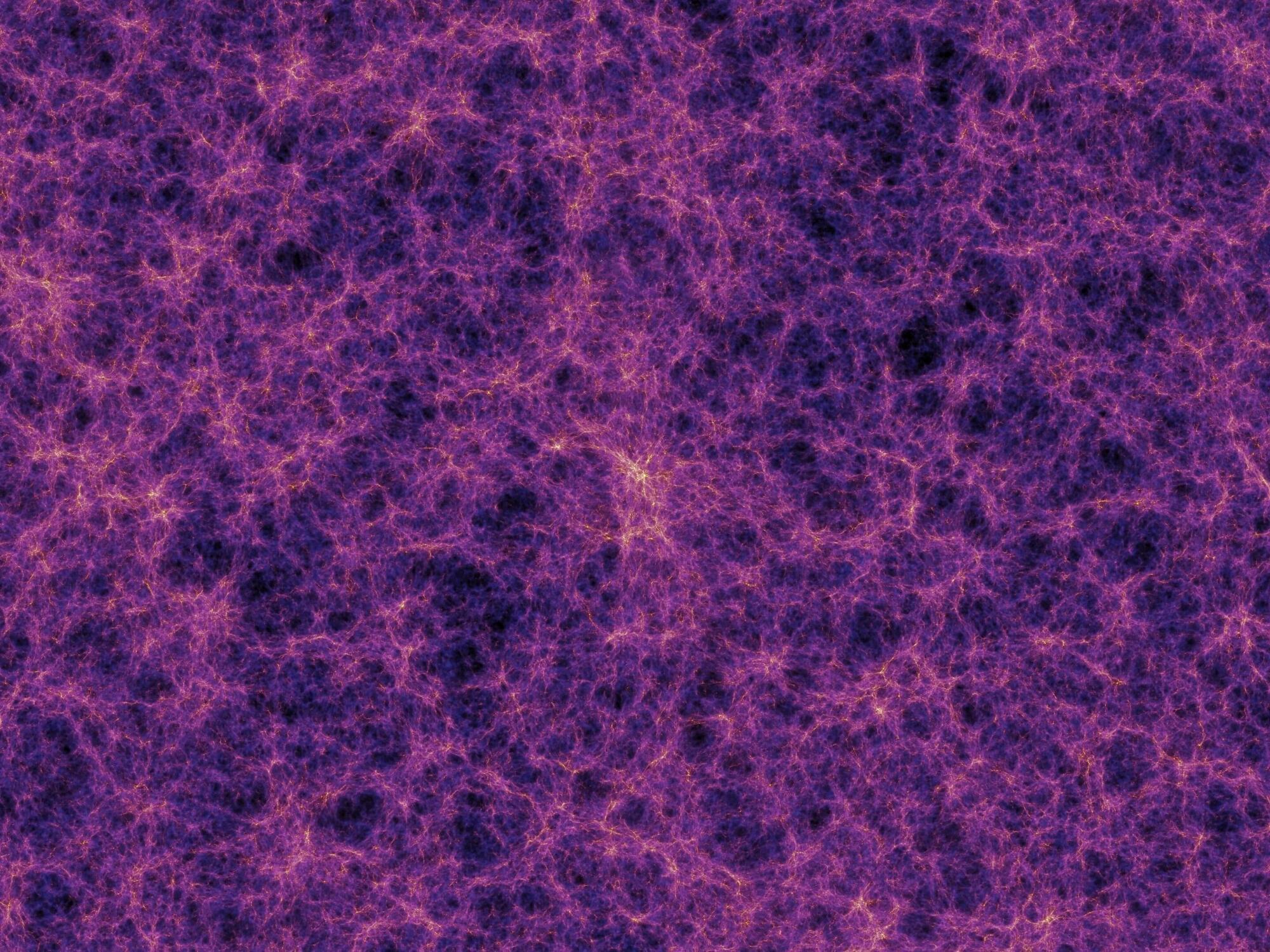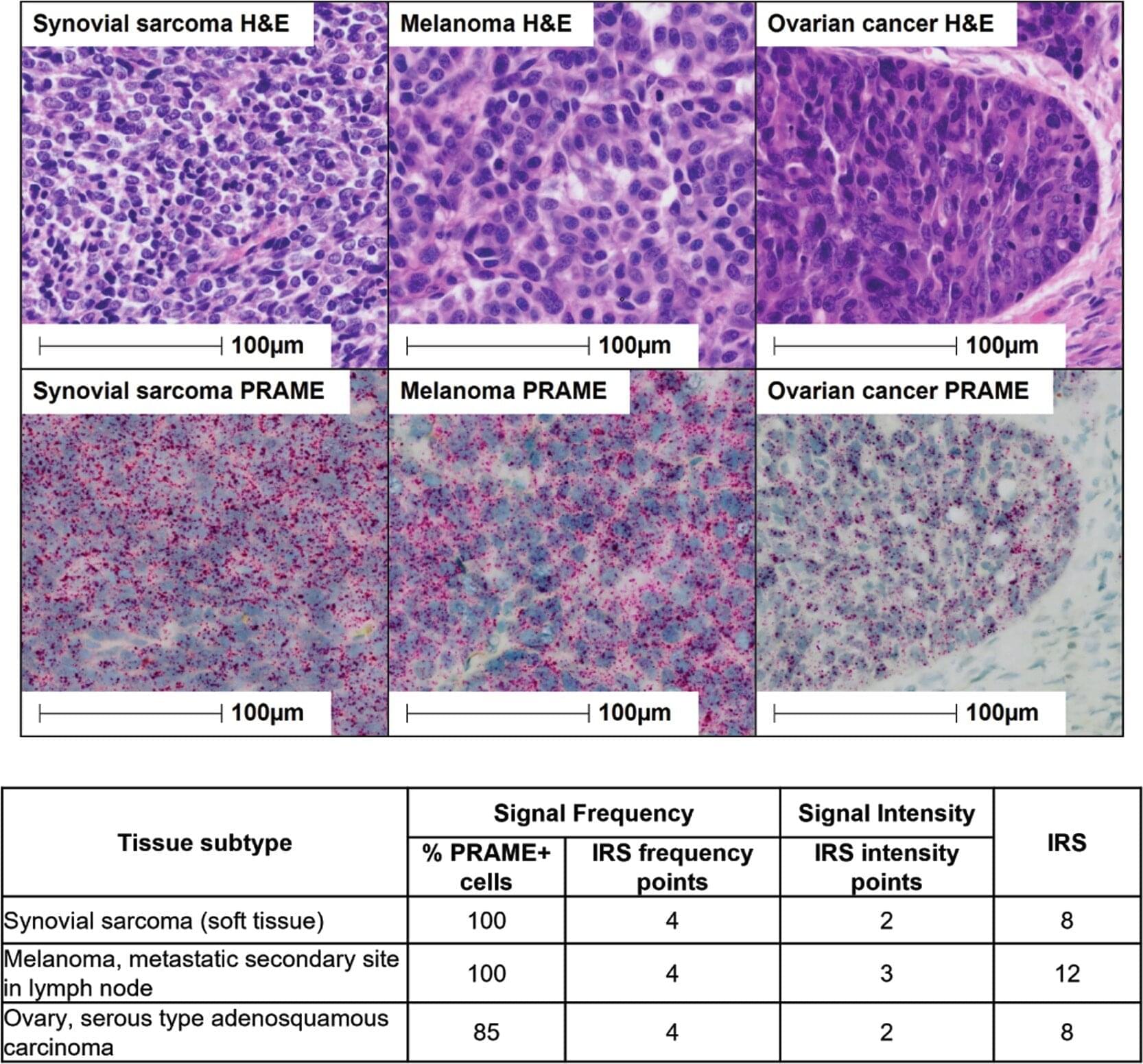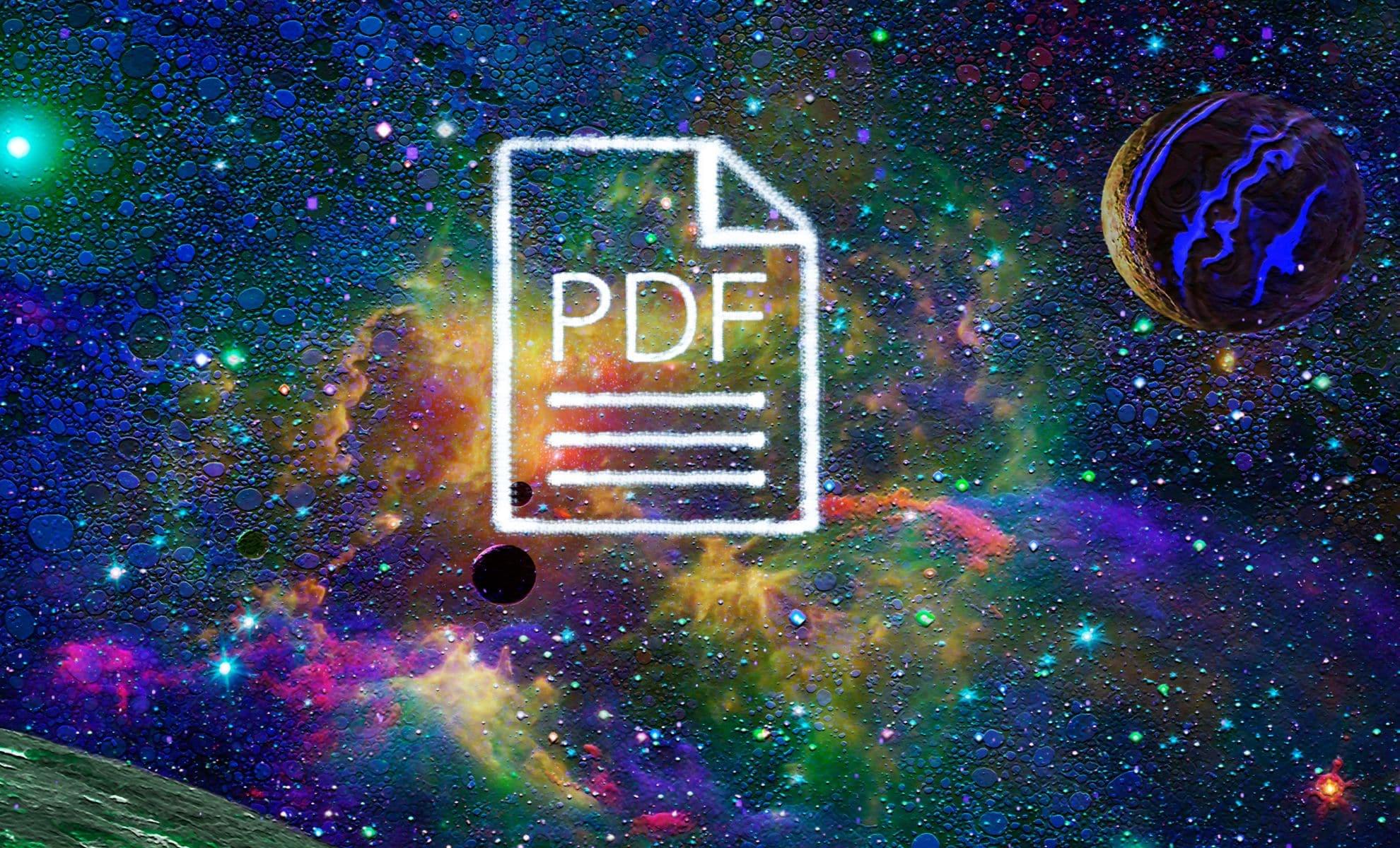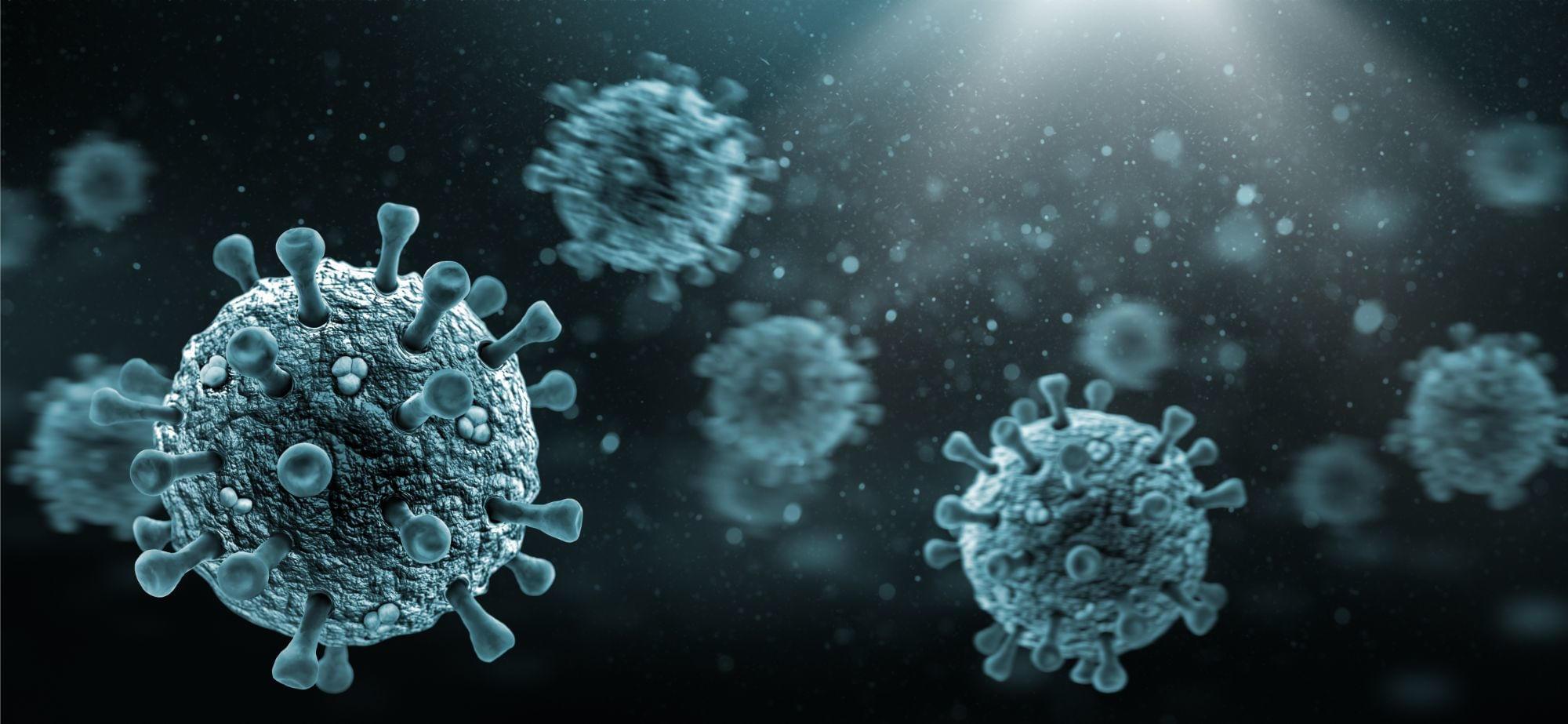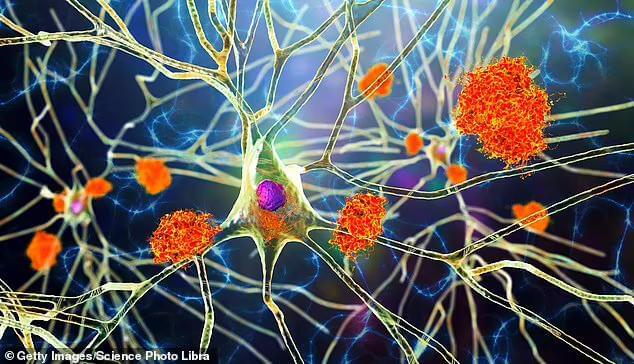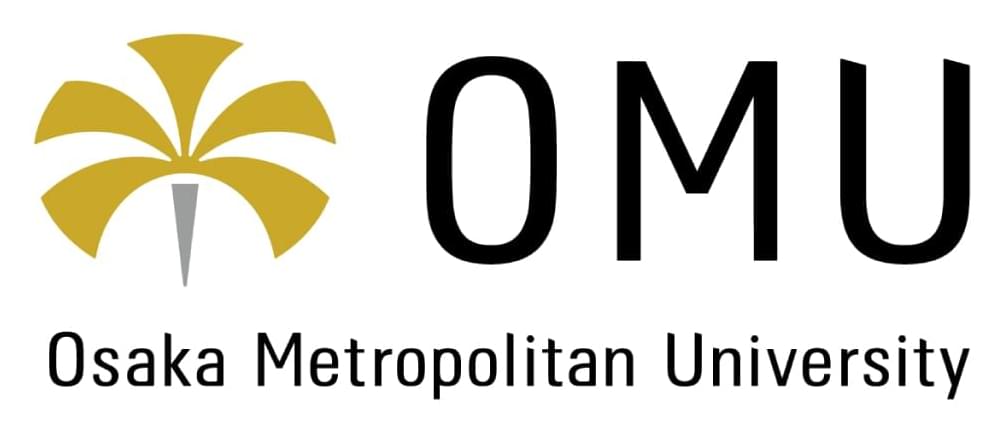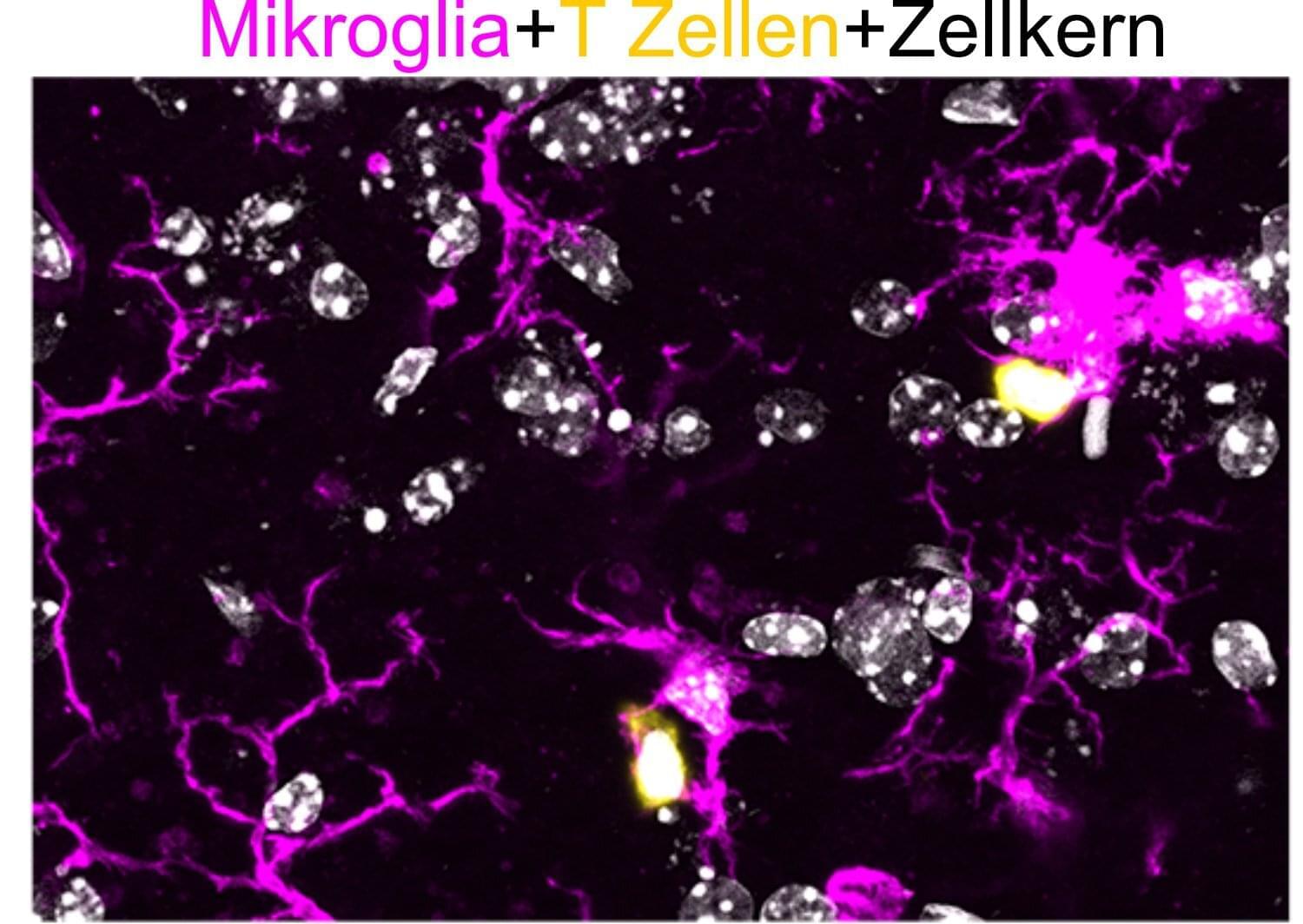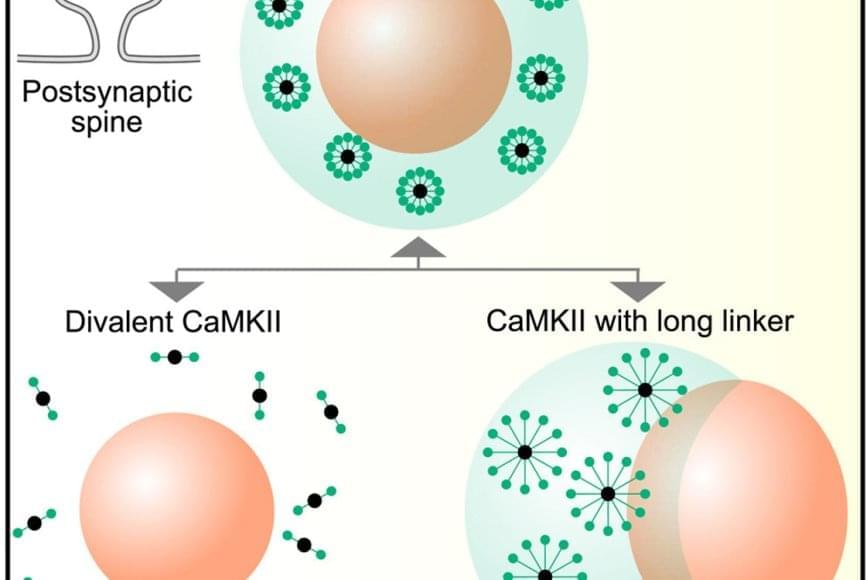This week, researchers uncovered the negative pressure mechanisms plants use to communicate stress. Linguists found that the melody of spoken language in English functions as its own, distinct language. And there was also depressing news! Like the Trump administration slashing NASA’s budget, which could scrap the James Webb Space Telescope right at the beginning of its operational life (they’re also pushing to scrap the completed Nancy Grace Roman Space Telescope before its launch).
Additionally, researchers found that the video game Dark Souls has positive psychological effects on players; a physicist made a new contribution to the theory that the universe is a computational process; and scientists in Spain mapped the brain connectivity patterns of psychosis patients:
